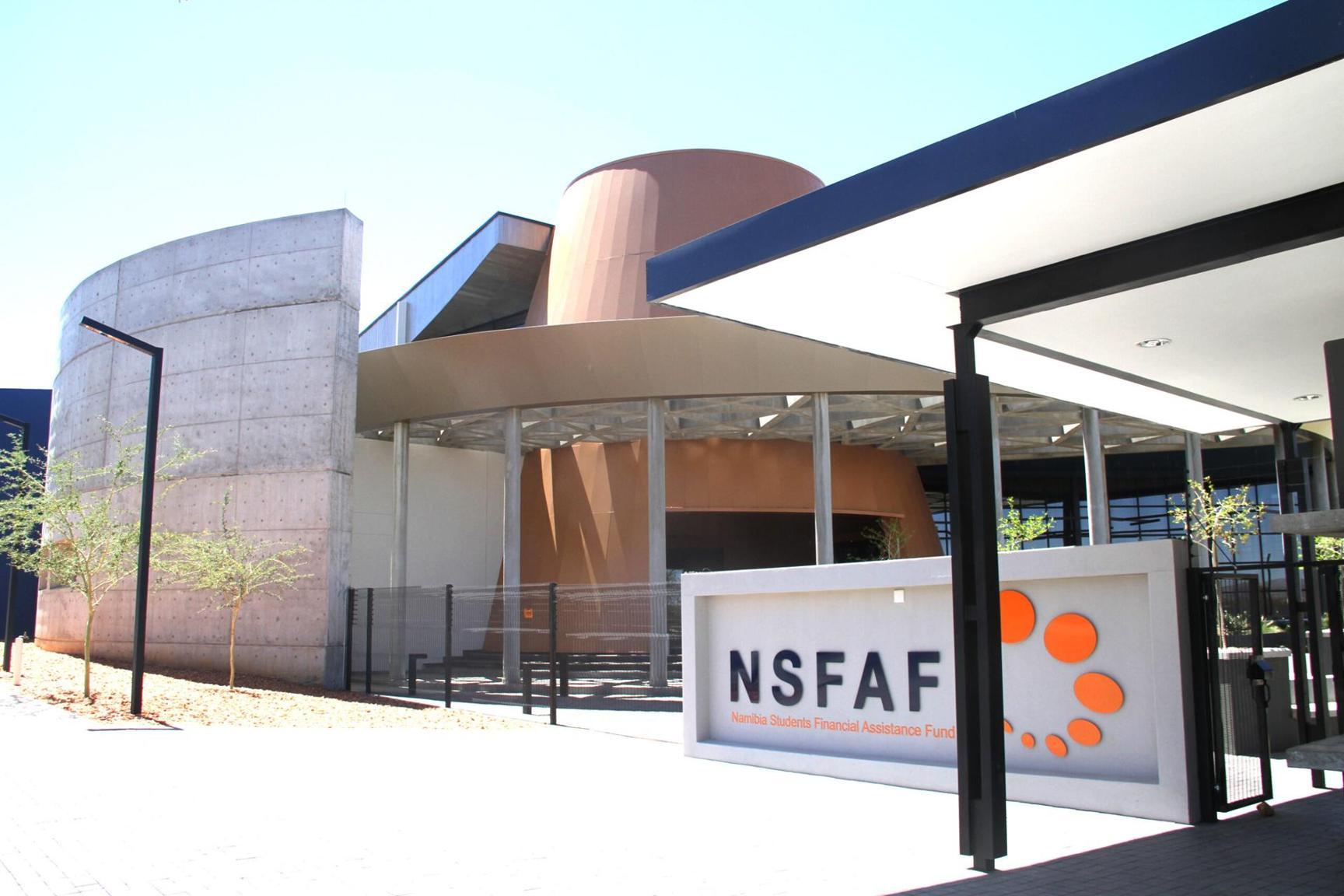Africa-Press – Namibia.
The Institute for Public Policy Research (IPPR) has entered the free education debate, saying the Namibian government is able to finance free tertiary education.
While delivering her maiden State of the Nation Address earlier this year, President Netumbo Nandi-Ndaitwah promised to make tertiary education accessible to all, free of charge.
She indicated that through the Universal Access to Education Policy, the Government of Namibia has been providing free primary and secondary education in all public schools.
“While tertiary education in Namibia is already significantly subsidised by the government, I am pleased to announce that from the next academic year, commencing 2026, tertiary education will become 100% subsidised by the government,” she said.
This means that no registration fees and no tuition fees are to be paid at all public universities and technical and vocational training centres.
Nandi-Ndaitwah said while this will be a gradual, phased-in approach, the contribution from families and students for now will be towards accommodation and other related costs.
“We have heard your cries, ‘Fees have fallen’,” she declared.
Nandi-Ndaitwah noted that this development must serve as a specific message to the youth, that this is a golden opportunity accorded to them, which they must use to bring out their talents to contribute meaningfully to the development of their country and support their parents.
In its latest Namibia Quarterly Economic Review, ‘Grasping the Nettle of Tertiary Education’, the institution states that Namibia may have the tax revenue, above other sources, to afford the initiative.
“Public investment in education may be one of the best investments the Namibian government can make,” the institution states.
IPPR detailed that Namibia has a reasonably progressive and efficient tax system.
“Being a member of the Southern Africa Customs Union, the extractive industries’ rents are effectively captured by the government.
“The union pays over and above what Namibia would collect on its own with the same tariff structure and a ratio of high tax revenue to the gross domestic product in comparison to other countries at a similar income level,” the institution further states.
However, whether graduates go on to obtain jobs or create their own jobs is a factor which determines the extent to which public funds on tertiary education are an investment.
With the latter, the additional qualifications would allow them to earn salaries higher than they would otherwise obtain without it.
The institution found lower-income countries with unskilled populations develop partly by investing in education at all levels.
Further, IPPR research associate Frederico Links explained the government could have a surplus of over N$1.5 billion after directly funding the Namibia University of Science and Technology (Nust), the University of Namibia (Unam) and the Namibia College of Open Learning (Namcol).
“If the relationship between fees and government subsidies remains constant over time, then abolishing the fees would imply further spending by the government,” Links said.
This additional spending is a total of N$1.13 billion for all three institutions in the 2025/26 financial year.
This is 42% of the amount budgeted for NSFAF, he highlighted.
“These numbers suggest that the government could abolish fees to Unam, Nust and Namcol and, at the same time, abolish NSFAF (and associated costs) and the pretence that NSFAF is lending money to students, which they will in future repay and still have money to spare,” he indicated.
He emphasised, “The approximate calculations above suggest the government could afford to abolish fees to public tertiary education institutions. But this would yield neither private nor public returns if those graduating from the system fail to find suitably paid work.”
This is because those with tertiary education faced lower rates of unemployment than those with lower levels of educational attainment, as indicated by the 2023 Namibia Population and Housing Census Labour Force Report.
Additionally, IPPR pointed out that more information is needed to assess whether the tertiary education currently being provided represents a good investment, both for individuals and the country.
Context
Putting matters into perspective, education minister Sanet Steenkamp said with the new directive to fully subsidise public universities as well as technical and vocational education and training (TVET) institutions, they will ensure that private tertiary institutions are not impacted.
Financial provision has been made for private tertiary institutions, and a funding model will be developed, she revealed in April.
The minister said this initiative is in accordance with the Swapo party manifesto implementation plan.
It will involve the exploration of the types of modalities to focus on in private colleges and universities.
“We will work in close collaboration with the Ministry of Finance and Social Grants to see how best to address the issues of funding availability in a seamless, timely manner, most effectively, so that no one is disadvantaged.
“But this would mean that there will be a series of consultations with public universities and entities, as well as TVET colleges. Of course, as we develop the funding model and formula for the private institutions, we will also sit around the table with them,” the minister said.
For More News And Analysis About Namibia Follow Africa-Press






